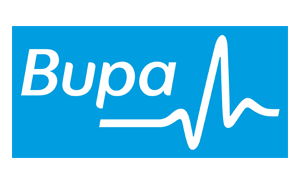Intraocular Lenses
Intraocular lenses (IOLs) are medical devices that are implanted inside the eye to replace the eye’s natural lens when it is removed during cataract surgery.
These days there a wide variety of premium IOL’s to choose from, including monofocal, extended depth of focus lenses and multifocal lens implants. The best intraocular lens for you depends on many factors including your lifestyle and your specific visual needs.
Monofocal lenses
These lenses have a single focus point and in most cases patients may use this for the distance. This will however mean that reading spectacles are required for near work, such as using a computer screen or reading.
Extended depth of focus lenses
These are an excellent group of lenses and I view them as a halfway house between monofocal lenses and multifocal lenses. Essentially these lenses permit very good distance vision and good intermediate vision, meaning that in many cases patients can perform most tasks unaided. This may include, for example, outdoor pursuits and also using a computer screen. However, these lenses come with a low risk of side effects such as glare, and rings around lights (haloes). For near work such as reading a book, reading glasses may still be required.
Toric Lens
When the natural cataract has been removed during surgery, a Toric intraocular lens can be inserted. Toric IOLs are premium intraocular lenses that correct astigmatism as well as nearsightedness or farsightedness. Like toric soft contact lenses, toric IOLs can correct astigmatism because they have different powers in different meridians of the lens. They also have alignment markings on the peripheral part of the lens that enable me as the surgeon to adjust the orientation of the IOL inside the eye for optimal astigmatism correction.
Just prior to cataract surgery, I usually place temporary markings on the front of the eye (the cornea) that identify the location of the most curved meridian of the front of the eye. Then, when the toric IOL is implanted during the cataract procedure, I rotate the IOL so the markings on the IOL are aligned with the markings on the cornea to insure proper astigmatism correction.
Please don’t hesitate to contact me and arrange a consultation if you would like to discuss Toric lens surgery.
Multifocal Lenses
Multifocal IOLs are another category of intraocular lenses that can decrease your need for reading glasses or glasses for computer work after cataract surgery. In many activities, patients can be spectacle independent.
Just like multifocal contact lenses, these premium IOLs contain added magnification in different parts of the lens to expand your range of vision so you can see objects clearly at all distances without glasses or contact lenses.
Some studies have shown multifocal IOLs tend to provide better near vision than accommodating IOLs, but they also are more likely to cause glare , haloes around lights or mildly blurred distance vision as a tradeoff.
In my professional experience a detailed consultation should help you decide if you are a good candidate for multifocal IOLs.











